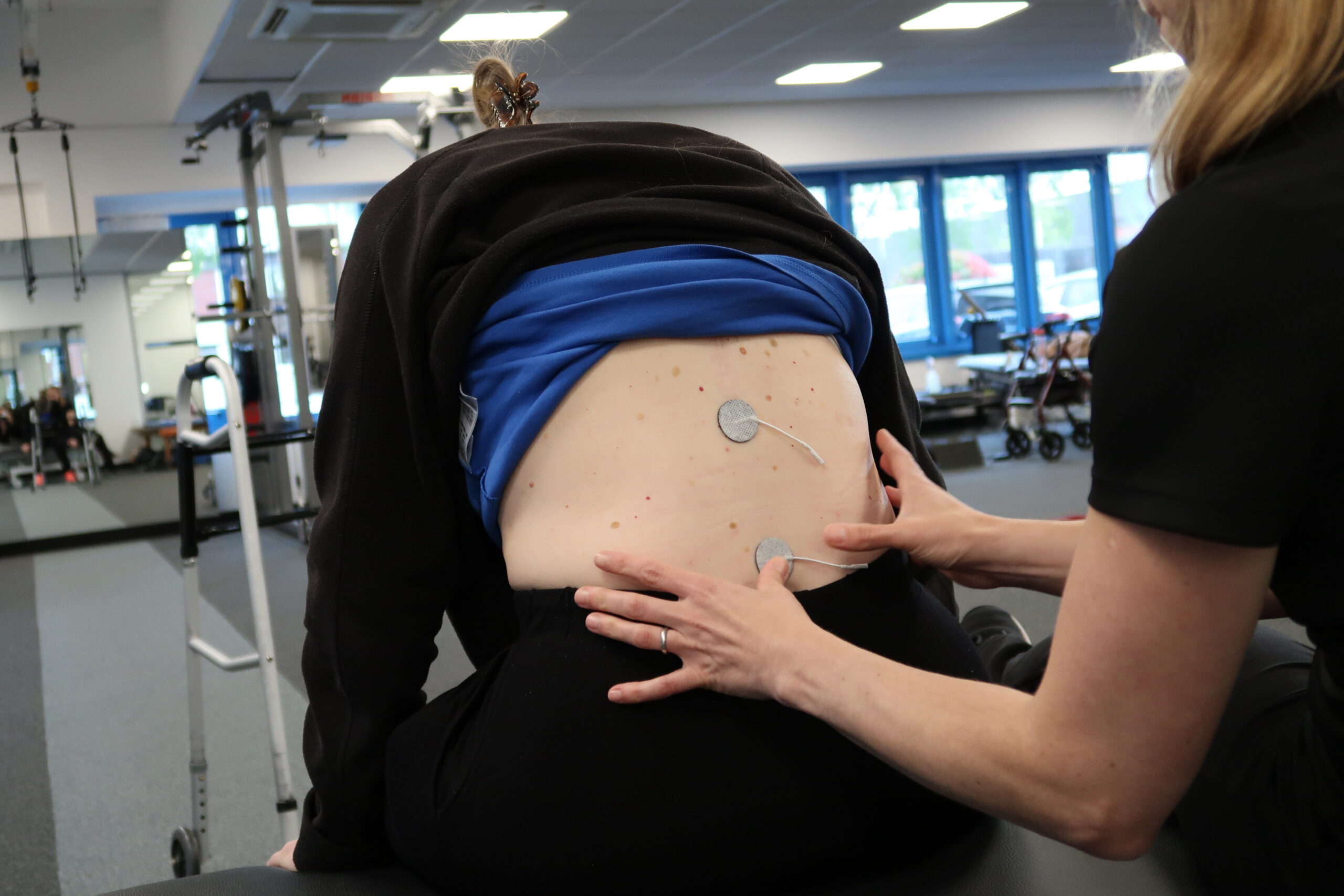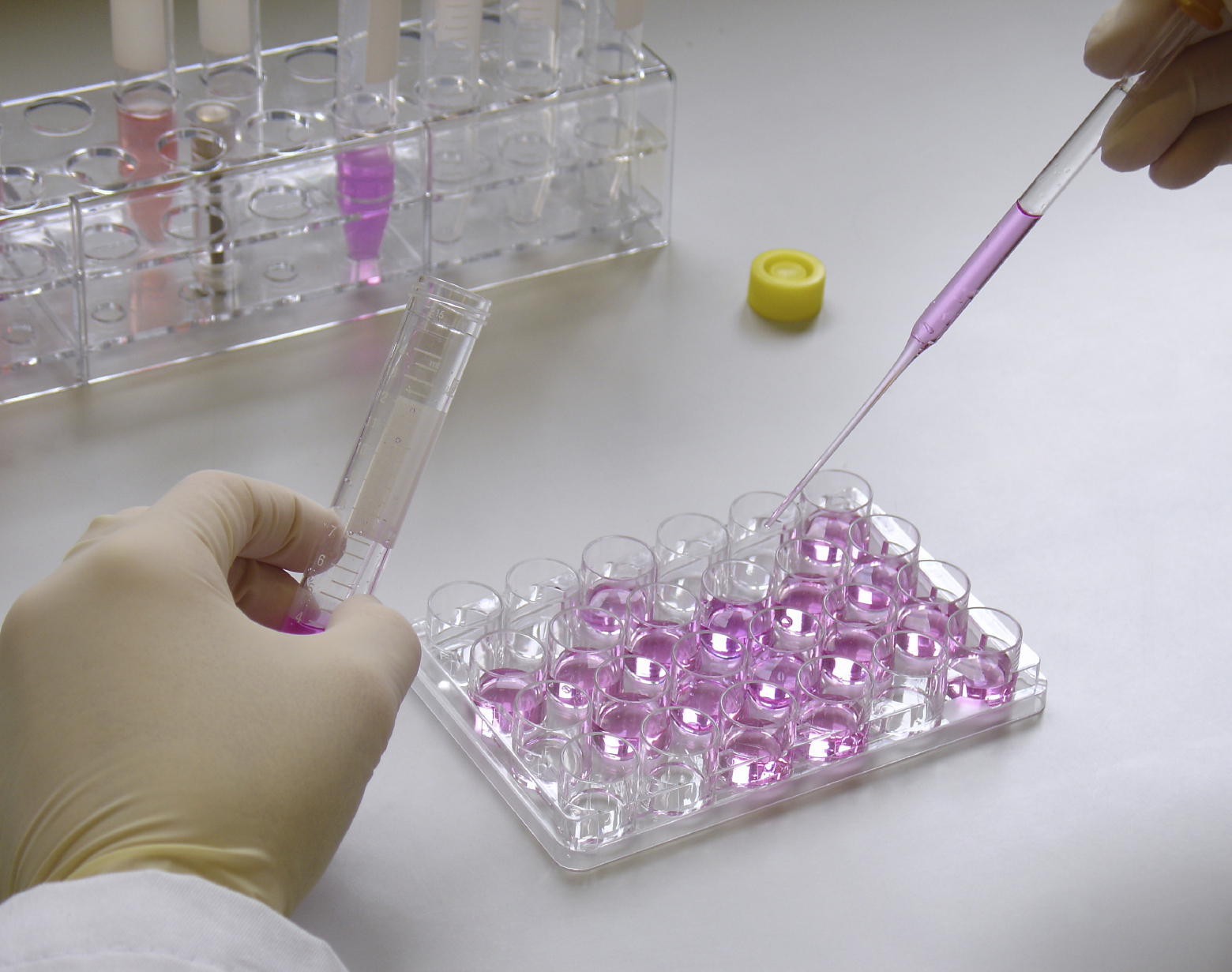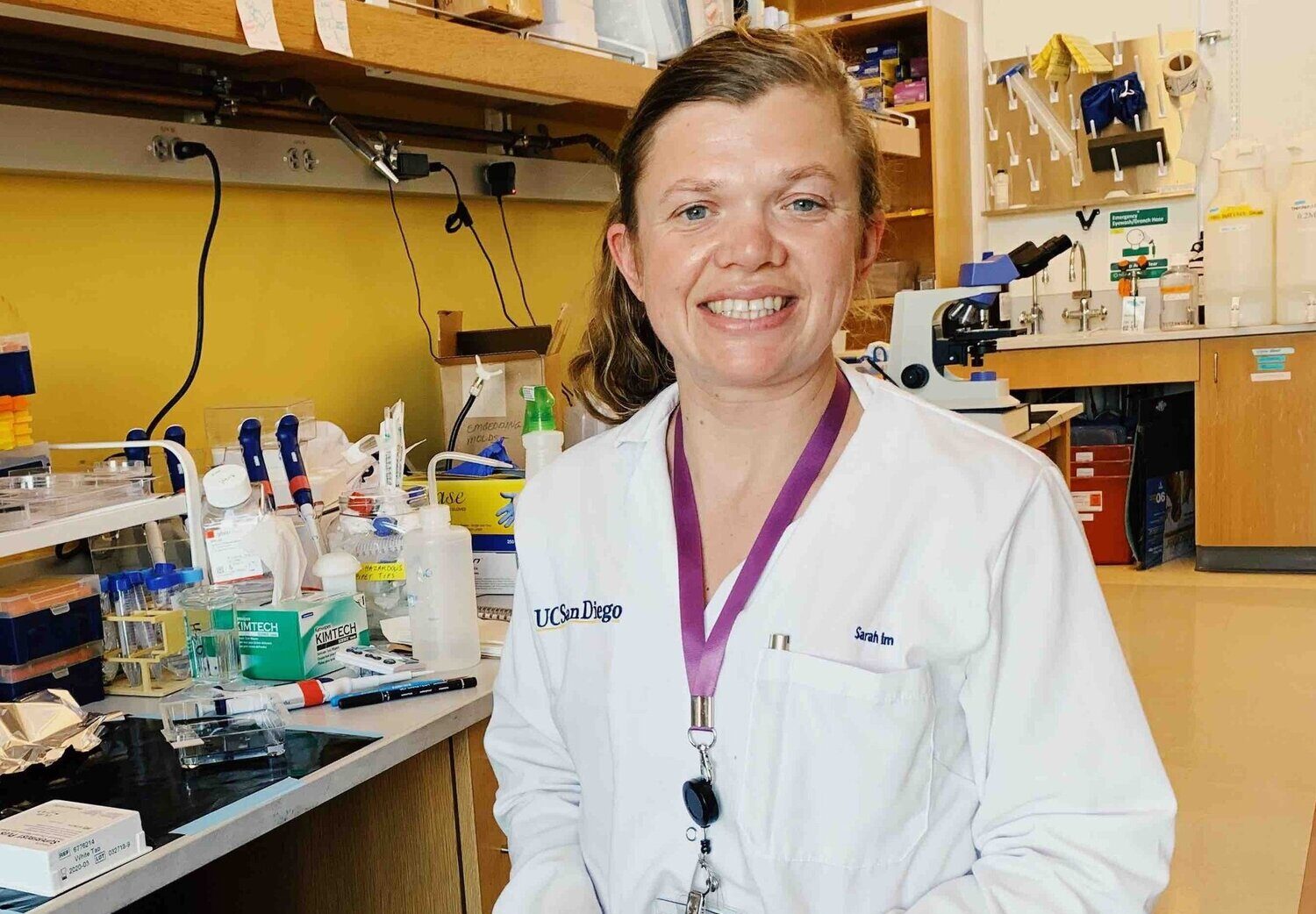Understanding autonomic functions
What do we mean by autonomic functions?
For the majority of us, controlling our temperature is not something we have to think about. When we get too cold, our body has the ability to warm up. Likewise, when too hot, we sweat to cool down. Temperature is just one of many unconscious processes controlled and stabilised by the autonomic nervous system (ANS).
The ANS is divided into two main systems: the sympathetic nervous system (SNS) and the parasympathetic nervous system PNS) – the former responsible for responses to danger or during exercise, and is often referred to as our ‘fight or flight’ response. The latter controls many of our bodily processes during calm states helping us ‘rest and digest’.
The SNS and PNS are in constant opposition to each other, ensuring homeostasis – the dynamic feedback system to make sure bodily functions remain stable.
How are these functions affected following injury?
Like all efficient systems, our autonomic system relies upon connectivity and information which is relayed from our bodies. This feedback loop tells the SNS and PNS whether to speed up or slow down certain processes. Damage to the spinal cord at or above the level controlling these functions damages important connections and the result is that these functions are dysregulated.
This can lead to the inability to sweat, control blood pressure or temperature, as well as sometimes impairing breathing, all of which can cause serious health problems.
Autonomic dysreflexia (AD) is one of the most serious autonomic complications following SCI. This is where stimulation below the level of injury – for example a full bladder or skin damage – can trigger a sudden, dangerous rise in blood pressure.
92% of individuals with SCI above T6 will experience AD one year after injury, making it one of the most urgent issues to address.
If you experience autonomic dysreflexia, steps should be taken to understand the cause of the episode, and if necessary a medical professional consulted.
The role of research
Spinal Research has funded a variety of research projects and treatments which have increased our understanding of the Autonomic Nervous System, and investigated ways to improve these functions following SCI. One of the key areas of focus is our ‘Below the Belt’ series of studies looking at bladder, bowel and sexual function.
For example we have several ongoing trials investigating the effect of electrical stimulation techniques to improve the ability of the bladder to store and empty correctly.
We are also funding research into improving cardiovascular function. This is being done through the use of a process called hypoxia. This exposes a patient to short controlled bursts of low oxygen intake.
Researchers have found that during these conditions the body responds by increased nerve regeneration in the network of neurons that control breathing. These treatments will help improve quality-of-life and will help reduce the risk of related conditions like autonomic dysreflexia.
You may also be interested in

Neuromodulation
We look at some of the key questions, and potential opportunities arising from this type of therapy for paralysis.
Our research
Our research is helping develop life changing treatments for paralysis.
